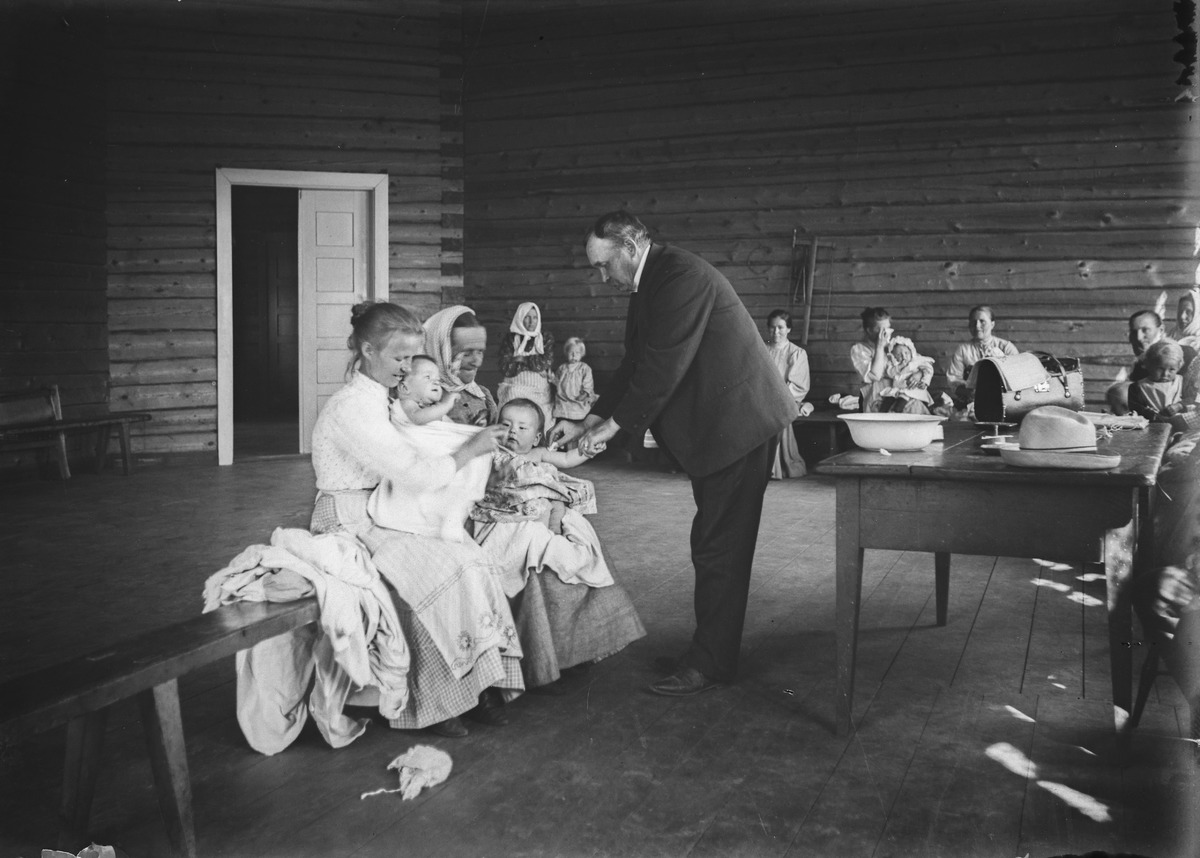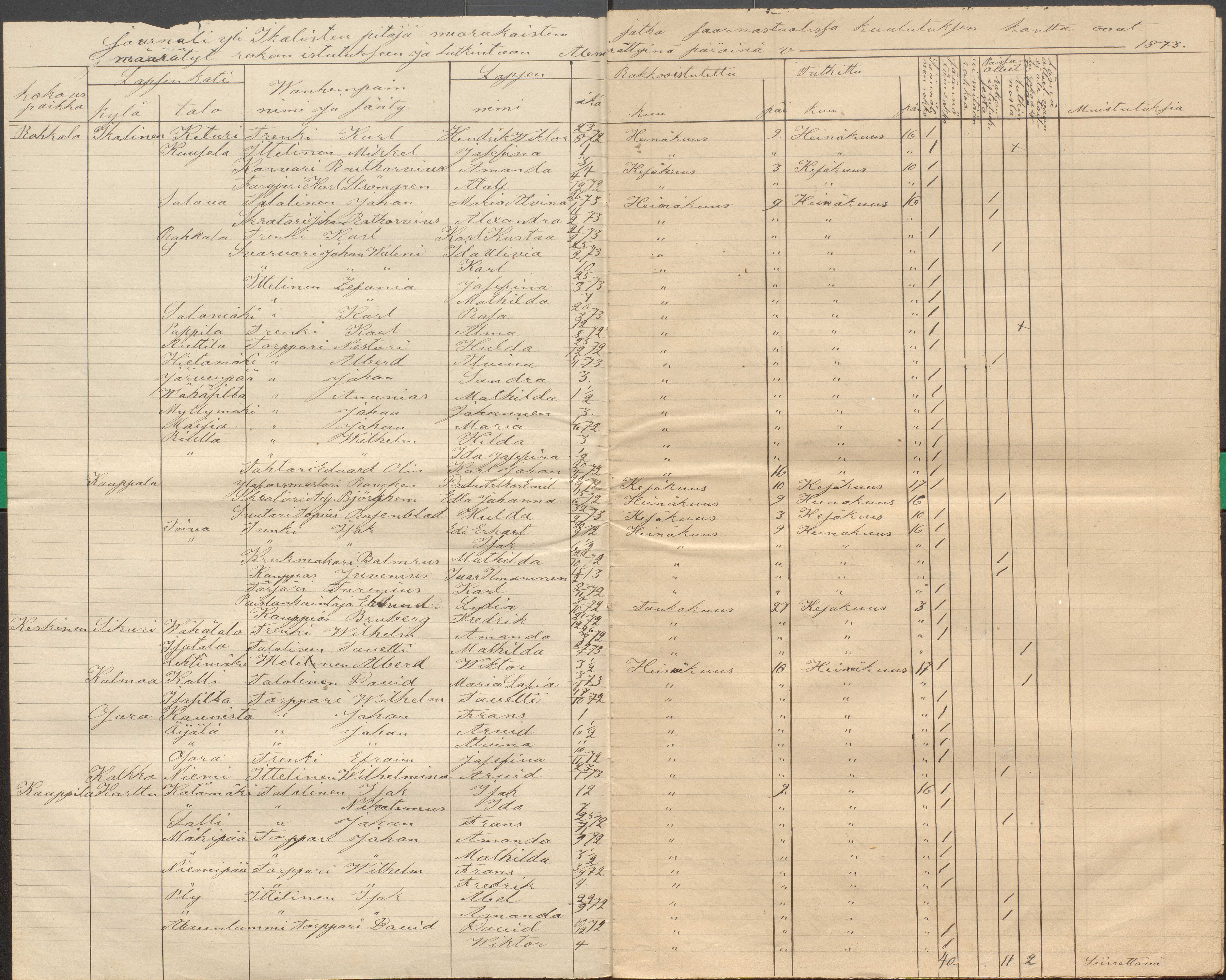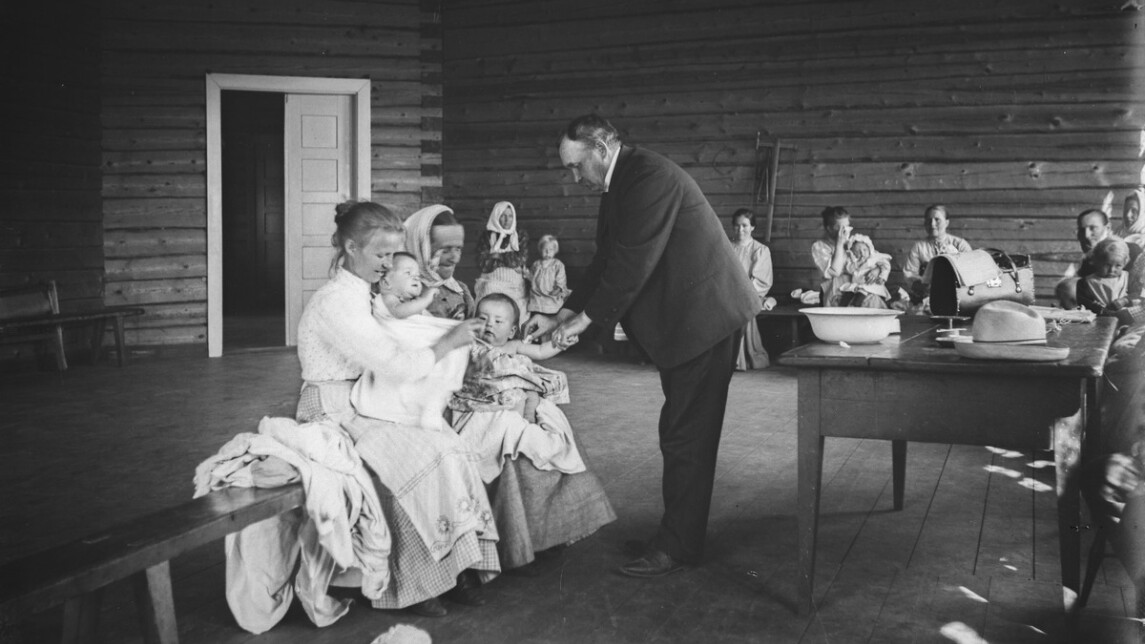Researchers from University of Turku investigated how the vaccine mandate against the deadly childhood infection smallpox was successful at increasing vaccination coverage in 19th century Finland.
Poor vaccine uptake in vaccination campaigns limits vaccine impact on local and global health and compromises the health of at-risk individuals.
In high income countries, the elimination of vaccine-preventable childhood infections fails and some infections are on the rise, a phenomenon in part attributed to persistent hesitancy towards vaccines. To combat vaccine hesitancy, Italy (2017), France (2018) and Germany (2020) among others recently made vaccinating children mandatory, but the effect of such vaccination laws on vaccination coverage remains debated and their long-term consequences are unknown.
“Mandatory vaccination and vaccination mandates are not a new phenomenon, and we can learn about their long-term effects from studying earlier vaccination campaigns,” says the lead author of the study, Doctoral Researcher Susanna Ukonaho from the Department of Biology at the University of Turku, Finland.
Vaccination mandates against smallpox were common in many European countries already during the 19th century. Finland’s vaccination campaign against smallpox started in 1802, but despite constant attempts, vaccination coverage did not consistently exceed 80 %, which is required for herd immunity for smallpox. For this reason, Finland imposed a mandatory law in 1883 that made vaccination mandatory for all children over the age of 2. This law was reinforced with a fine. The last case of smallpox in Finland was diagnosed in 1941. In 1980, WHO declared smallpox eradicated from nature.
Although the history of vaccination campaigns spans 200 years, the characteristics and impact of these campaigns have been rarely studied on the long-term. Researchers from the University of Turku studied the long-term consequences of Finland’s first vaccination campaign against smallpox by describing the timing and age at first vaccination and the impact of the 1883 vaccine mandate on vaccination uptake in Southwestern rural Finland. The researchers acquired and digitised vaccination records from the Finnish National archives, which included close to 50,000 individuals monitored for 63 years from 1837 till 1899 in 8 rural Finnish parishes.

The study found seasonal variation in the timing of vaccination, likely attributed to the fact that vaccinators travelled to the parishes once a year during the summer and most people were vaccinated within the first year after birth, which is important to prevent childhood infections early on.
“Most importantly, and similar to what happens in contemporary society, we found a decreasing vaccination coverage during 1837-1882 before the law came into effect despite frequent epidemic outbreaks. However, this decrease stopped at the introduction of the mandatory vaccination law, after which coverage increased abruptly and persisted for at least 15 years,” says Ukonaho.
Vaccine Mandates Can Help in Many Ways
According to historical records, the logistics, planning and execution of the vaccination campaign improved gradually throughout the 19th century. For example, vaccine distribution improved slowly but consistently especially after the new vaccination district division and establishing new vaccine inventory for district doctors after 1825. There were regular vaccination invitations and guidance in local churches ever since the beginning of the campaign. Even the idea of a mandatory vaccination law was first introduced in 1830, but, as Finland was under Russian rule at that time, the Emperor of Russia refused this suggestion as unlawful. However, the Emperor obliged to remove all obstacles that prevent vaccination.
“Although the logistics, information and communication about the vaccination campaign improved, we did not observe a similar improvement in vaccination coverage and attitudes of the citizens. Before the mandatory law, the vaccination coverage in our study parishes was on average 60 %, which was not enough to prevent epidemic outbreaks,” Ukonaho says.

Discussions about a mandatory law started again during the early 1880s, when smallpox had begun to spread more strongly than in the earlier decades. Introducing and enforcing the vaccination law made smallpox vaccination mandatory. After the constitution of the law, smallpox epidemics diminished significantly and large smallpox outbreaks did not occur anymore after the introduction of the 1883 vaccine law.
“The vaccination law increased vaccination coverage in the long-term in rural areas and in the pre-healthcare era, whereas even today vaccination campaigns often struggle with distribution issues and high reluctance in these areas,” says Ukonaho.
According to Ukonaho, vaccine mandates could be useful in many ways.
“Although vaccination law would not make vaccination mandatory, different vaccine mandates improve vaccine uptake by highlighting the importance to vaccinate but also increase efforts in vaccine distribution and overall campaign management. However, in the case of smallpox, only the mandatory law was able to increase vaccination coverage over the required level for herd immunity, which is 80 %,” Ukonaho summarises.
The study was produced in collaboration with the Nordemics consortium, a Nordic interdisciplinary consortium dedicated to understanding how factors such as urbanization, increased trade and travel, large-scale migration, vaccines and other public health interventions, climate change and ecological degradation influence the dynamics of epidemic and pandemic infections in human populations.
> The research article was published in American Journal of Epidemiology




